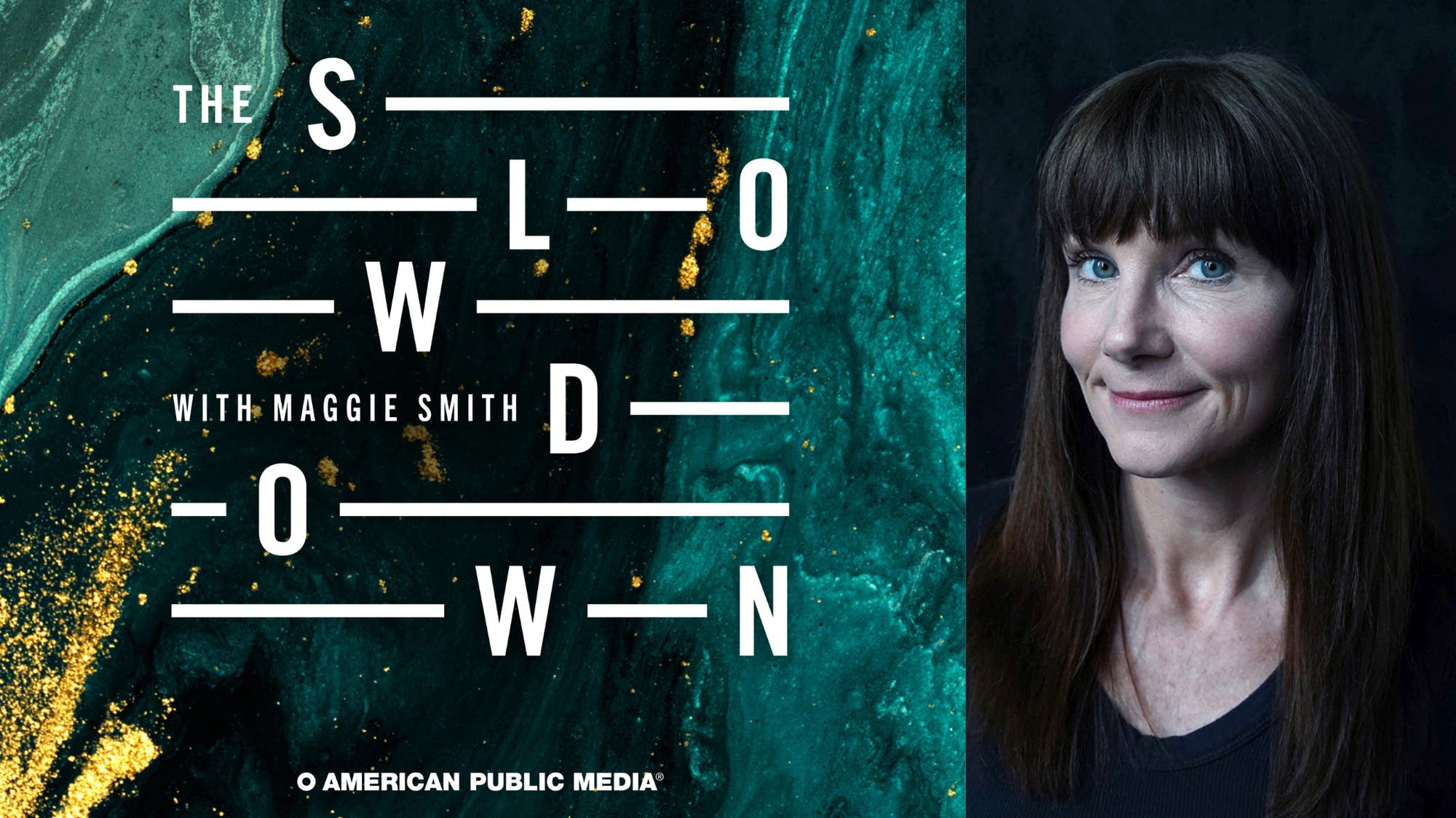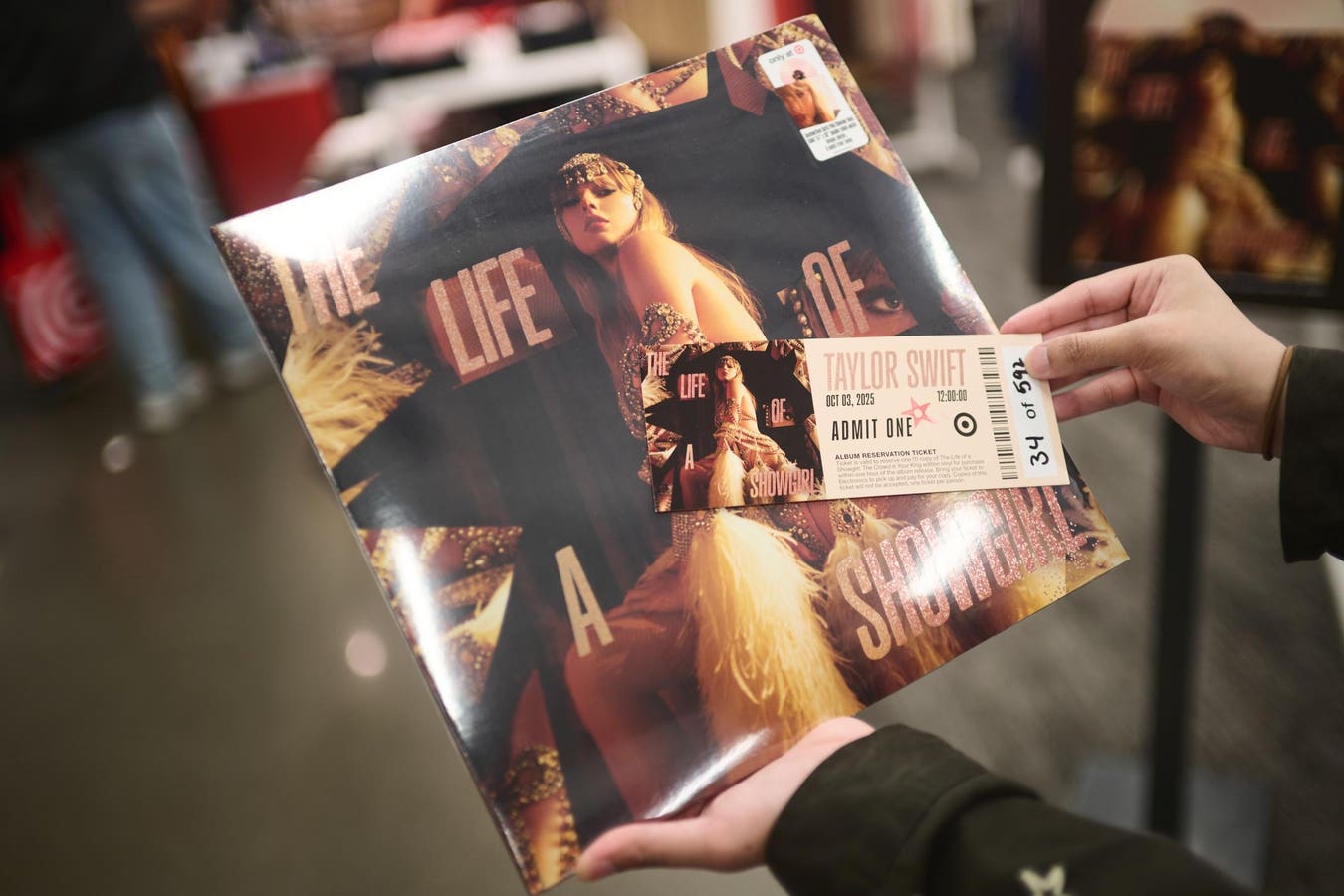Category: 5. Entertainment
-

Slowing down for poetry with Maggie Smith
By submitting, you consent that you are at least 18 years of age and to receive information about MPR’s or APMG entities’ programs and offerings. The personally identifying information you provide will not be sold, shared, or used for purposes… -

Prince William and Kate Middleton want this major change for their kids: Report
Prince William, 43, recently opened up about his hopes for the future on an episode of Apple TV+’s The Reluctant Traveler with Eugene Levy. The British royal has reportedly been “quite vocal” about the changes he and Kate Middleton want…
Continue Reading
-

Dolly Parton addresses health concerns in new video: ‘I ain’t dead yet!’ | Dolly Parton
Dolly Parton has taken to social media to clarify she “ain’t dead yet!”
In a post shared on her Instagram and YouTube channel, the country music star rejected rumors of ill health that swirled after the postponement of her Las Vegas…
Continue Reading
-

Doja Cat, Elton John to perform or present at Rock & Roll Hall of Fame
The Rock & Roll Hall of Fame has announced its billing for its 2025 induction ceremony. Among the names included are contemporary stars such as Doja Cat and Olivia Rodrigo, while also lending a retrospective lens to icons such as Elton John and…
Continue Reading
-

Dolly Parton breaks silence on health: ‘I’m not ready to die’
What would Dolly do? Take it upon herself to address recent concerns over her health.
Beloved country music star and pop culture icon Dolly Parton opened up about her health on Wednesday, reassuring fans in a video shared to social media that…
Continue Reading
-

Inside the New Luxurious Broadway Dressing Rooms for Stars Like Nick Jonas
Above: Broadway star Megan Hilty’s dressing room for Death Becomes Her, designed by Krysta Rodriguez.
Devin Sparkles’ client list is almost as star-studded as Jeff Bezos and Lauren Sánchez’s wedding. Sparkles, an interior decorator (who uses…
Continue Reading
-

Meghan Markle’s surprising friendship with Hollywood’s first family of reality TV
Meghan Markle and Prince Harry’s…
Continue Reading
-

‘The Life of a Showgirl’ spotlights Taylor Swift as she moves away from heartache : NPR
TERRY GROSS, HOST:
This is FRESH AIR. Taylor Swift’s new album, “The Life Of A Showgirl,” is her 12th studio album and arrives at a time when Swift dominates not just the music industry but American pop culture itself….
Continue Reading
-

The Life Of A Showgirl’ Breaks Record For Biggest Single-Week Album Units
Topline
Taylor Swift’s newest album, “The Life of a Showgirl,” set a new record by earning 3.5 million equivalent album units since it was released Friday, Billboard reported citing Luminate numbers Wednesday, but critics argue Swift has…
Continue Reading
-

Prince Harry, William’s rift deepens amid royal tensions
Prince William and Prince Harry may…
Continue Reading